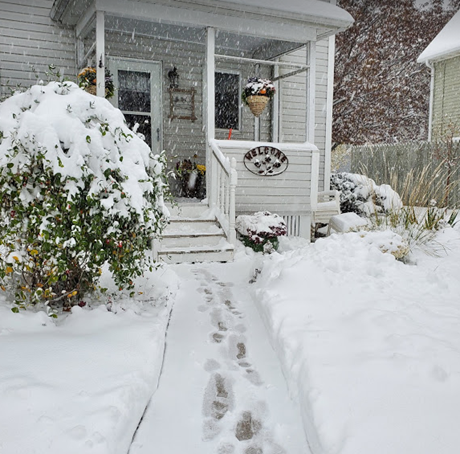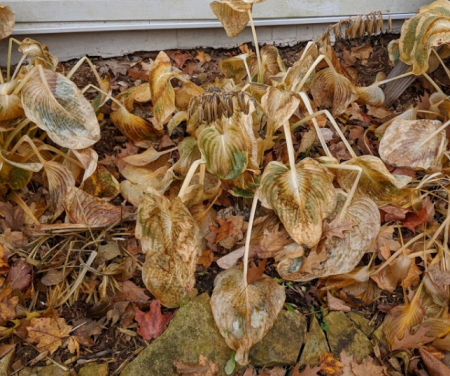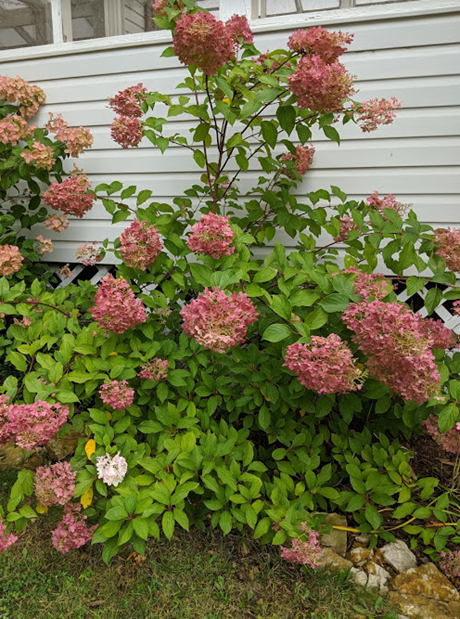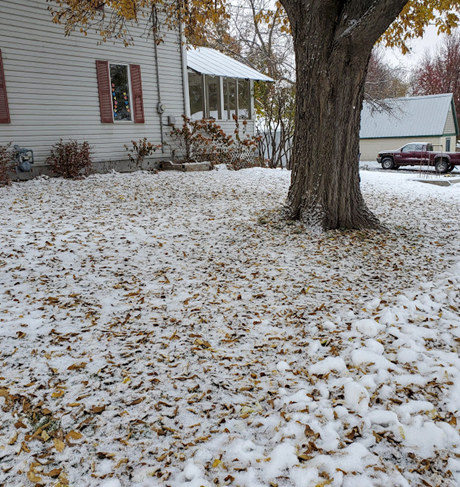Click below to listen to my 2 min. Garden Bite radio show: November to-do’s
Garden cleanup… what to do and other tips for November!

Debris removal is important particularly if you’ve had any disease. Lilac blight was HUGE this year. Getting rid of the debris and removing affected branches is key to prevent more next year.

Another area of concern is the fallen leaves and rotten fruit at the base of your fruit trees. Oftentimes, that debris is a hiding spot for disease that overwinters and then presents itself next season.

Oftentimes, that debris is a hiding spot for disease that overwinters and then presents itself next season. I also cut back any perennials with slimy foliage like hosta and heuchera, for instance.

If you have a paniculata hydrangea such as PeeGee or an Annabelle that is out of control, you can cut it back now. Hydrangeas that bloom on new wood, can be cut back by a third.

Usually the ones I see that need this are the hydrangea arborescens such as Annabelle. This pruning will invigorate the plant and keep it healthy. You can prune out dead wood any time. That goes for any tree or shrub. Be sure to clean up the area.
Don’t leave piles of fallen leaves bunched up on your lawn, that allows for snow mold in the spring.

Other tips:
- Don’t store your apples and pears with your veggies. They give off ethylene gas that speeds up the breakdown of your veggies and gives them an off flavor.
- Those green veggie saver bags with the holes in them work pretty well but so does a paper towel put into your lettuce bag, it absorbs moisture and helps prolong their life.
- Wait for the ground to freeze and then pile on a one inch layer of straw over your strawberries. Check your local climate zones for ground freeze. In zone 4, where I live, it’s typically around Dec. 6th give or take.
- As you empty your outdoor annual containers, you can compost that extra soil. I’ve reused soil for a couple of years. Other gardeners say don’t do it, but I’ve not had a problem… yet.
